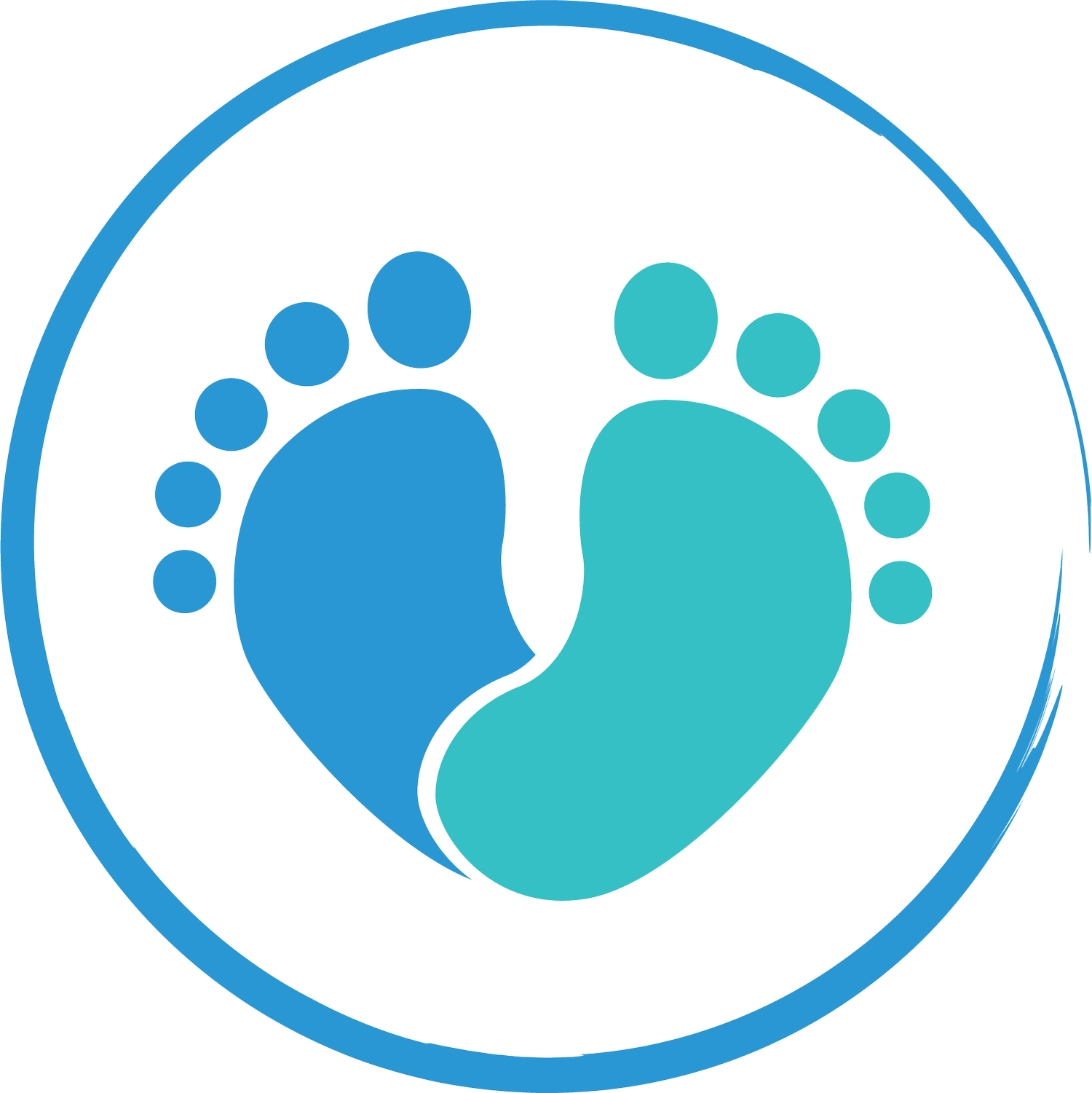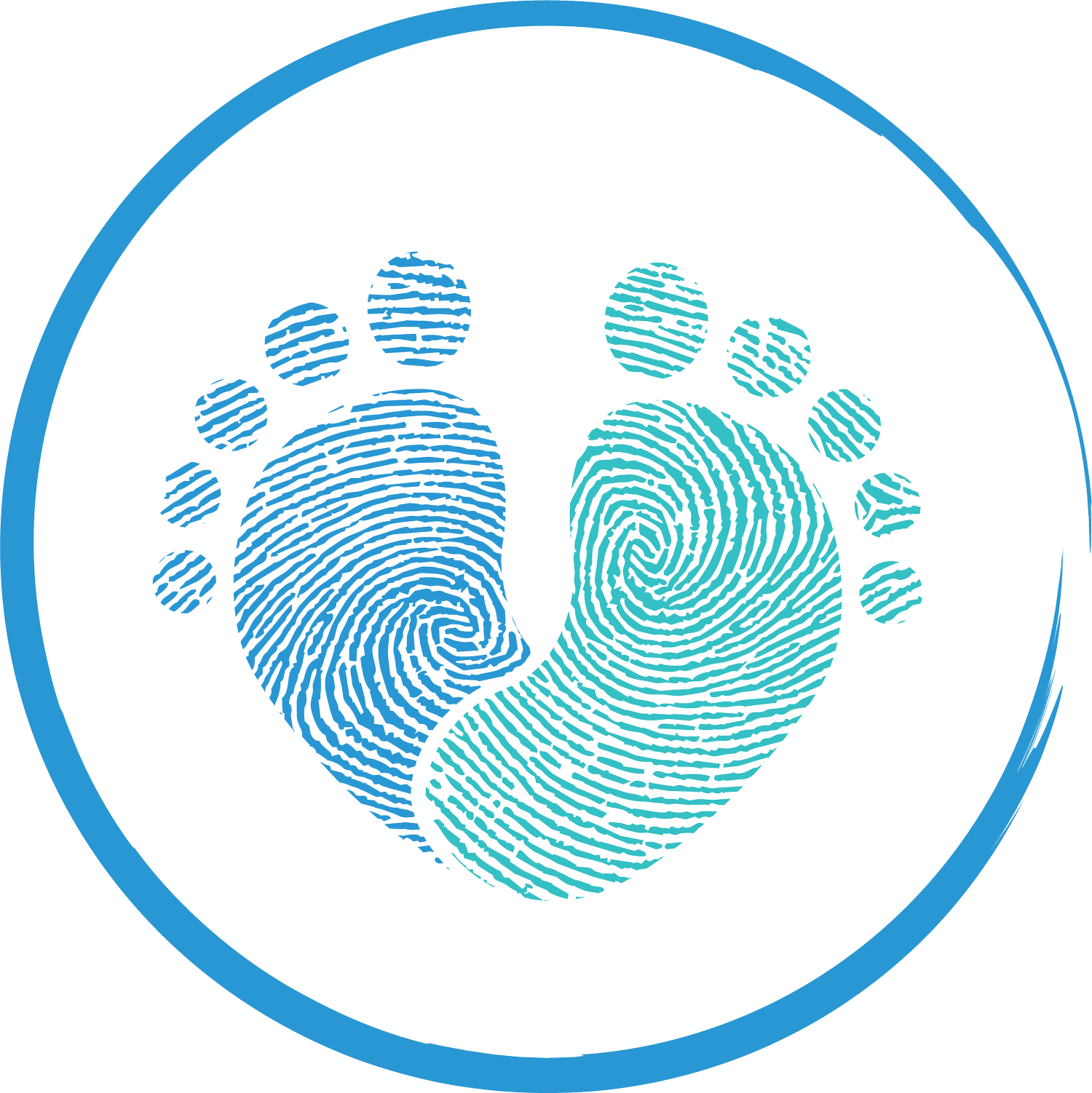What Does your Lower Back Pain have to do with your Feet?
Actually, quite a bit…
According to the World Health Organization, 618 million people globally suffer from lower back pain. Lower back pain can affect anyone, regardless of age, and will be experienced by most at least once in their lifetime. So why does lower back pain occur? Lower back pain can occur as a result of many specific and non-specific causes. Some common causes include arthritis, heavy lifting, scoliosis, kidney stones, muscle strains, sciatica, and herniated disks. However, another common cause that is often overlooked is an abnormality in foot posture. At the Foot Doctor, we specialize in foot and ankle care, so this is what we will be discussing!
During the gait cycle (when we walk or stand), our feet comprise a mechanical chain with the ankle, lower extremity and pelvis. This chain functions as one unit and is affected by any abnormality experienced in any part of the chain. Many times, if there is an abnormality, it is commonly seen in foot mechanics and the positioning or alignment of the pelvis. The most common abnormalities in foot mechanics are Flatfoot and asymmetrical foot movement.
Flatfoot or pes planus is characterized by a collapse of arches and overpronation. This causes the ankle to turn inward which then causes excessive internal rotation of the lower leg and knee. The knee joint includes the femur or thigh bone, a bone also included in the hip joint. This connection between the knee and hip causes a forward tilt of the pelvis which in turn curves the spine and leads to compression of vertebrate and/or strains to the muscles/ligaments of the lower back.
Limb- Length Discrepancy, more specifically leg- length, is considered significant when the measurement exceeds 1.5-2 cm. When the leg length discrepancy is significant, this can affect posture, causing the lumbar spine to curve. To accommodate the discrepancy, the foot of the shorter leg with develop a higher arch whereas the foot of the longer leg with develop a flattened arch, or flatfoot. The feet will then exhibit asymmetrical movements to adapt and function effectively.
So How do we get relief from this lower back pain?
See your Podiatrist: Get a biomechanical exam and Gait analysis to assess your foot function and determine what your needs are
Orthotics: These will provide functional and structural support to the feet, specifically tailored to the underlying bony or ligamentous pathology.
Stability/strengthening exercises: Strengthening the feet and lower back muscles and ligaments will provide more stability to you as a whole and improve posture
Footwear: Be sure they provide adequate arch support, cushioning, and shock absorption
Heel Lifts: These are especially helpful to accommodate mild Leg Length discrepancies or high arched feet
So, if you’re having lower back pain and spending countless hours searching for a solution - ditch the icy-hot patches and other at home remedies, and make an appointment with us or your preferred foot and ankle specialists today!


